
| Nambung National Park (The Pinnacles) |
|
|
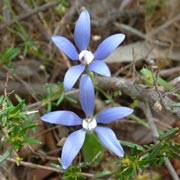 |
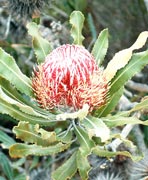 |
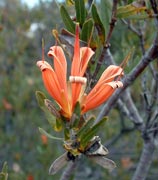 Wildflowers of Nambung |
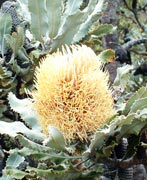 |
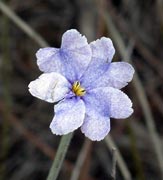 |
The stromatolites of Lake Thetis
|
|
|
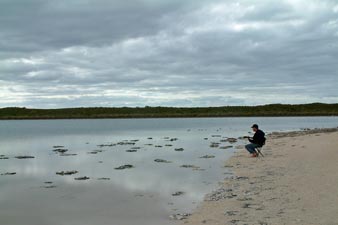 Serenading the stromatolites at dawn |
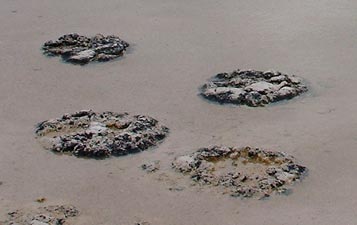 Fossil stromatolites |
|
|
||
The Pinnacles Desert
|
|
 A cluster of pinnacles |
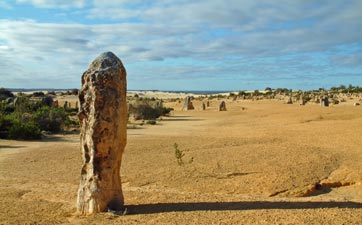 A solitary monolith |
|
|
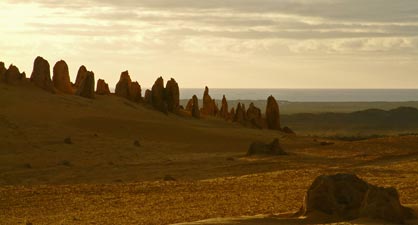 Silhouette of the pinnacles in the late afternoon |
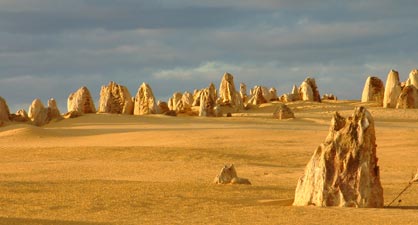 The sun emerges to bathe the pinnacles in a golden light |
Visit the Pinnacles at sunset ..... ..... Walk alone amongst them as the light changes and listen to their silence ...... You will not be disappointed |
        |